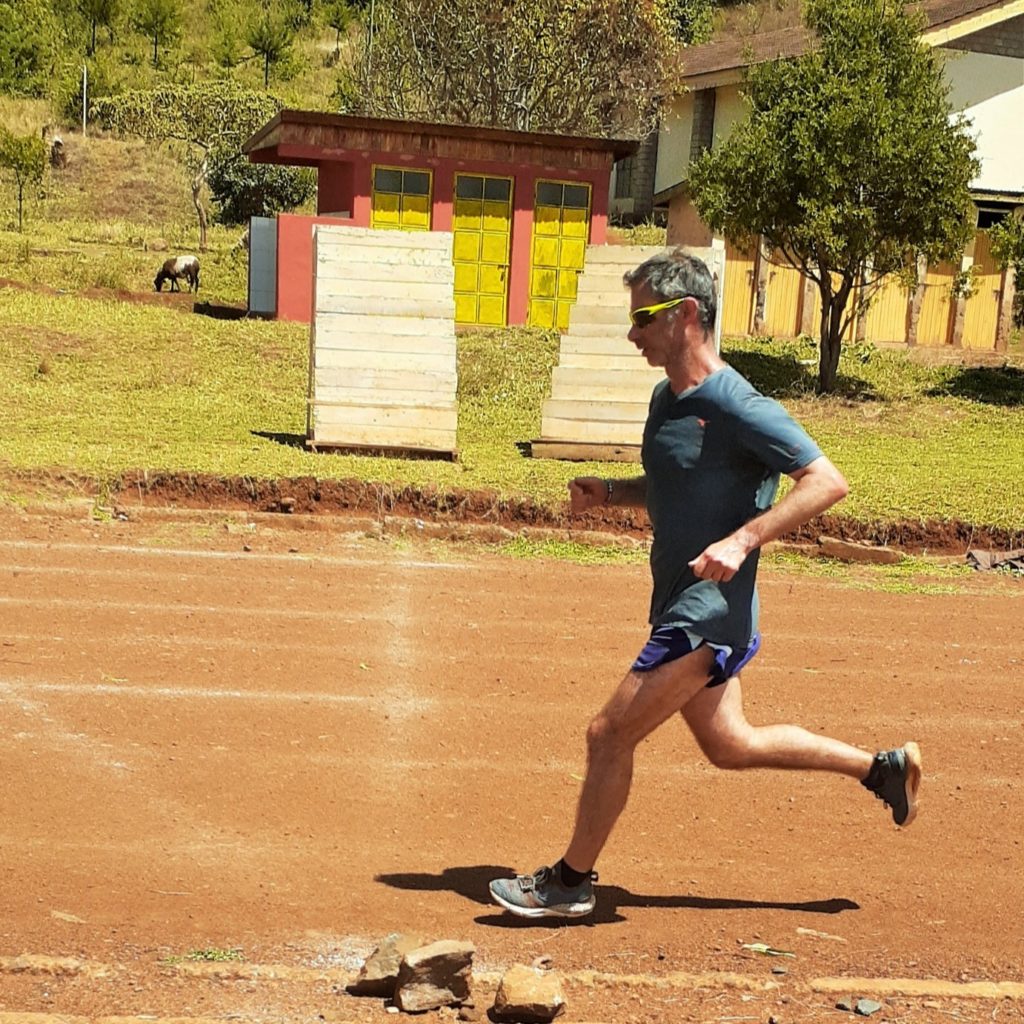I went to Tambach track overlooking the Great Rift Valley in Kenya to do VO₂max intervals at 6,400 feet. Since the Kenyan athletes don’t typically do intervals on Mondays, it was nice to have the track all to myself.
The defining characteristic of altitude is a lower barometric pressure, which keeps decreasing the higher up you go. As a result, the partial pressure of oxygen in the air is reduced, resulting in less oxygen entering your lungs with each breath. The result is that you run slower at altitude than at sea level.
If you do all your altitude interval workouts at slower paces than at sea level, it’s reasonable to expect that you can become slower if you do that for long enough. Even though you’re running at the same relative intensity as at sea level because of your lower VO₂max at altitude, the absolute intensity (speed) is lower, which means less stimulus for your neuromuscular system.
At some point, which is probably specific to each runner, the negative impact of running slower will outweigh the positive impact of making more red blood cells to transport oxygen. That’s why the optimal amount of time to train at altitude is about 4-8 weeks—long enough, but not too long.
If you’re going to be at altitude for a long time (months to years), a clever way to maintain sea-level training intensity (and neuromuscular recruitment) is to do what I call “sea-level speed” interval workouts.
Run at the same pace as you would for the workout at sea level, but shorten the reps to maintain sea-level speed. For example, if you normally run 800-meter reps at sea level in 3:00 (6:00/mile pace), run 600-meter reps in 2:15 or 400-meter reps in 1:30 (6:00/mile pace). Also take longer recovery intervals between reps at altitude.
